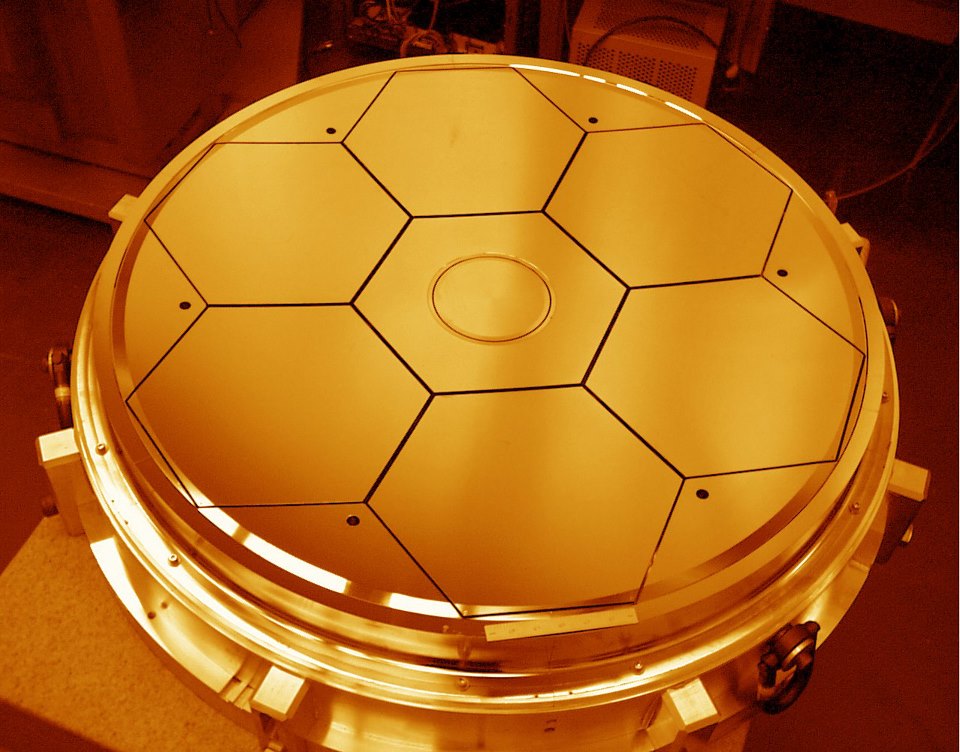The University of Arizona has pioneered a system to make it easier for its researchers to bring their ideas to the world.
In its 2015 annual report “Creating and Connecting: An Ecosystem of University Invention and Commercialization,” Tech Launch Arizona, or TLA, is showing that the pathway to creating a roadmap ultimately can be paved with payoffs in different forms.
This is especially important to a university that brings in more than $625 million annually in research investment and ranks 19 among all public universities.
“Over the past two years, we have been building an infrastructure at TLA to bridge the gap between such ideas and the people and resources needed to bring them to the world,” David N. Allen, vice president of TLA, writes in the report. “To do that, we are creating and connecting the dots to build an ecosystem of invention and commercialization. Across the UA, we are seeing a cultural shift in support of commercialization due to our workshops, our seminars, our reputation for service to inventors, and our ‘can do’ attitude.”
Those “dots” are connected with the following steps developed by TLA:
Research & Invent – As scientific research proceeds, it may give rise to novel inventions. At any time, researchers can approach TLA to discuss their results and inventions. When they are ready, an invention is officially reported.
Report – Working with a TLA licensing manager, the inventors file an invention disclosure that formally reports the invention and kicks off evaluation of the existing patent landscape and potential market for the invention.
Assess – TLA’s team works on assessing the patentability and potential market for the invention. Licensing managers, business intelligence and student fellows perform this initial assessment, which is then shared and discussed with the inventors and TLA’s commercialization partners.
Protect – Once originality is determined, TLA and the inventors work with a network of patent lawyers around the nation to protect the invention, usually through filing a provisional patent application.
Market – If the value proposition for the newly protected invention is apparent and appropriate for existing companies, it is marketed to those companies whose offerings may be enhanced through adding such an invention to their existing products and services.
Develop and validate – Many inventions are not ready for market or it becomes apparent that additional work can boost the adoption value. Many approaches can be undertaken to refine the market proposition—from additional research on prospective customer needs to validation of the market proposition through prototype development or laboratory development work. If it’s determined the product’s best path is a license to an existing company, potential licensees are identified and the intellectual property is actively marketed.
Create team and business case – If the process determines that the invention represents a solid foundation for a startup, TLA works with the inventors and its extensive network to help build a solid leadership team for the new entity. That team then develops a business case describing how and why the new company can succeed.
Transfer – TLA licensing managers negotiate and execute the license that transfers the rights in the intellectual property to the licensee. The license contract grants intellectual property rights in exchange for protection, infringement, and commercialization obligations and applicable royalties.
Develop – The company builds upon the initial university invention and works to develop initial products for market. If the company is a startup, resources such as continued involvement with TLA and its network of experts, the services of the Arizona Center for Innovation and the resources of Tech Parks Arizona can be leveraged.
Commercialize – The licensee uses, makes and sells products protected by the patent rights granted in the license from the university.
And the results? The numbers for 2015 show the steps are paying off:
$4.7 million: In revenue, encompassing $2.4 million from royalties and patent reimbursements for intellectual property, representing a 45 percent increase over last year. Also includes a one-time settlement payment of an additional $2.3 million.
213: Invention disclosures made to TLA by the UA faculty and researcher community.
200: US patent applications filed.
45: Exclusive license and option agreements; including non-exclusive agreements, TLA executed 86 total agreements.
35: Patents issued for technologies invented at the UA.
17: Proof-of-Concept awards made to align inventions with market drivers.
12: Startup companies formed, with a greater percentage as investable than the previous year.
It’s safe to say that Tech Launch adds up to millions in potential commercial success.
Photo Credit: Tech Launch Arizona




